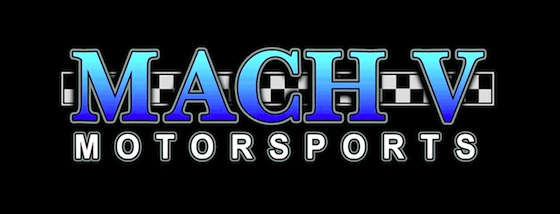ECU Basics
The ECU (Mitsubishi calls it the ECM, for Engine Control Module) in your car has control over pretty much the entire engine. It controls ignition and fuel delivery, plus things like the air conditioning and idle speed. In most Eclipse and Talon cars, the ECU is located in back of the center of the dash, behind the stereo. On non-turbo 95-99 cars, it's located under the hood.
On the turbo cars, the ECU has sophisticated programming that allows the computer to listen for detonation (knock), and advance spark timing just to the point of detonation. For that reason, the turbo cars work best with high-octane gas. The higher the octane, the more spark can be advanced witout detonation. But you can dump in any gas, and the motor will be perfectly happy. It will have less power, but will otherwise work just fine.
The turbo ECUs have a "block learn" function that records the knock reading over time, to try to figure out what kind of gas is in the tank. Putting in high-test after a tank of junky low-octane gas will not immediately result in better performance, because the block learn memory will still have data from the past. In this circumstance, it can be useful to disconnect the ECU from the battery, to allow the ECU to "forget" the previous knocking.
Fuel delivery is also controlled by the ECU. The ECU switches the fuel injectors on and off, so it can control the amount of fuel squirted in to the cylinders. On the turbo cars, the computer has a saftey feature where it will shut off fuel delivery if it senses too much air entering the engine. This is the dreaded "fuel cut."
All Mistubishi ECU's manufactured between 1989 and 1994 model years have electrolytic capacitors that are prone to leaking and destroying the ECU. If you have one of these cars, do replace the capacitors before it is too late.
Our Services
News & Updates
Sign up to get the latest on sales, new releases and more …
© 2025 Mach V Motorsports. Speed and truth. Powered by Shopify
- Gauge Mounts
- Gauge Accessories
- Intake Systems
- Inlet Hoses
- Blow-Off / Bypass Valves
- Intercooler Hose Kits
- Couplers and Clamps
- Exhaust Systems
- Downpipes
- Exhaust Headers
- Exhaust Gasket
- Exhaust Accessories
- Engine Internals
- Engine Gaskets
- Camshafts and Valvetrain Parts
- Lubrication System
- Badges
- Decals
- Timing Belt Components
- Sensors & Electronics
- Gauges
